Utility Safety Standards
Fall Protection Becomes Mandatory
5 Ways to Improve Bucket-to-Ground Communication
Utility Safety Standards
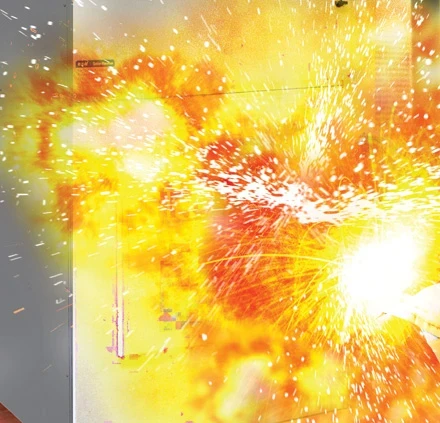
Electrical Hazard Protection
How to reduce dangers while providing preventive maintenance data
BY FINLEY LEDBETTER, Group CBS, Inc.
While most discussions about avoiding electrical hazards focus on personal protective equipment (PPE), utility workers have a number of ways to protect themselves and their gear, including specialized equipment and remote actuation and racking systems that eliminate—rather than reduce—electrical hazard dangers, while providing preventive maintenance data that can help avoid future catastrophes.
Related Articles
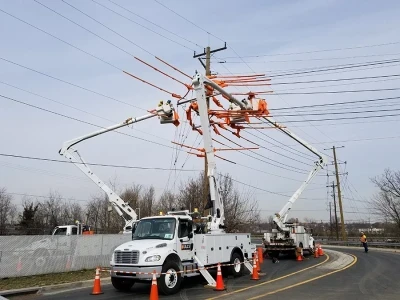
5 Ways to Improve Bucket-to-Ground Communication
Cranes, aerials and bucket trucks are common sights in construction zones and among maintenance crews around our cities. What better way to hoist materials to high places or to move workers closer to the task?When your crew includes an above-ground operator in a bucket or cab, they’re linked...
Breaking Down OSHA's Revised Fall Protection Standards for Utility Workers
Ineffective or missing fall protection has been OSHA’s most-cited violation every year since 2011, and falls are the leading cause of death in the construction industry. Year after year, fall protection remains a key concern for employers throughout the United States. Not just that, but...
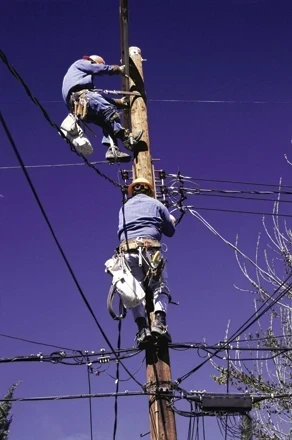
Flame-Resistant Clothing Misconceptions
Misconceptions about using flame-resistant clothing BY DAN BONELLI, Cintas Corporation According to Michael Hyland, chair of the National Electrical Safety Code (NESC) and vice president of engineering services with the American Public Power Association, a 1970s electrical utility commercial...
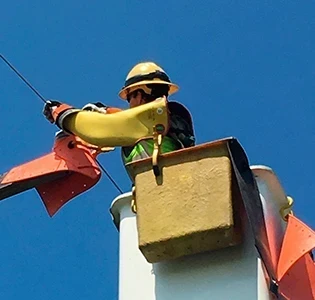
Why Testing Rubber Goods Is Essential to Electrical Safety
The risk of injury, and even death, from electric shock is drastically reduced by taking a few simple steps with your rubber goods. Keep up with daily inspections and cleaning, use safe storage methods, and test your equipment regularly at an experienced, accredited testing lab. Why Rubber...
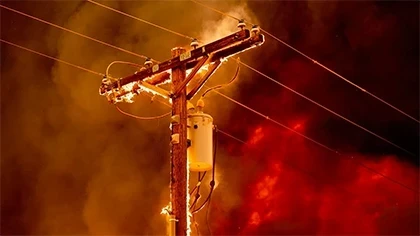
Lineman Safety during a Wildfire
If you wanted to create a recipe for disaster, the beginning of the 2021 wildfire season would be a good place to start. Nearly 90% of the western U.S. is suffering through extreme drought. The snowpack set new low levels there as well. A record-breaking heatwave steamrolled the Pacific Northwest...
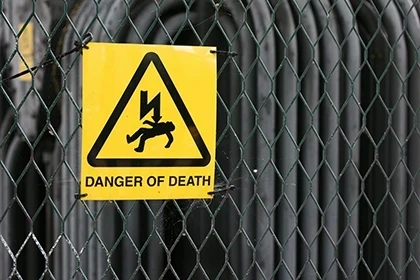
Hand Safety - Protective Gloves
Rubber insulating gloves are among the most important articles of personal protection for electrical workers. To be effective, the gloves must incorporate high dielectric and physical strength, along with flexibility and durability. For superior performance they should meet and/or exceed the...
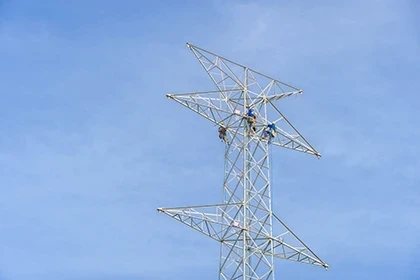
Testing Conditions and Guidelines for Personal Fall Protection Systems
1. PERSONAL FALL ARREST SYSTEMS (A) GENERAL TEST CONDITIONS Lifelines, lanyards, and deceleration devices should be attached to an anchorage and connected to the body-belt or body harness in the same manner as they would be when used to protect employees, except that lanyards should be tested only...
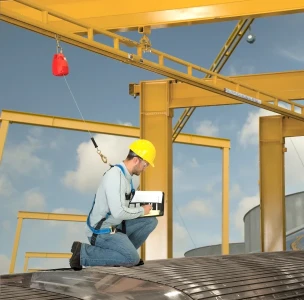
Fall Protection: The ABCs of Connecting Devices
A personal fall protection arrest system (PFAS) is comprised of three vital components: an anchorage, body wear (full-body harnesses), and a connecting device (a shock-absorbing lanyard or self-retracting lifeline). The safety of at-height workers depends on these three components, and each one...

ENHANCING REMOTE WORKER SAFETY
Remote field operations present the safety organization with a myriad of challenges when it comes to ensuring the safety of the people that you send out to work in the field every day. Without a doubt, this includes the line workers, but it also includes nearly every member of the staff whose...

Choosing Your Rubber Safety Gloves
Latex versus Natural Rubber – What is the difference? All Raw rubber comes from the rubber tree. It is then processed to become a latex for water-based dipping or dried down to a slab for use in extrusion or solvent dipping operations. Hydrophilic additives in Latex For latex to be usable...
